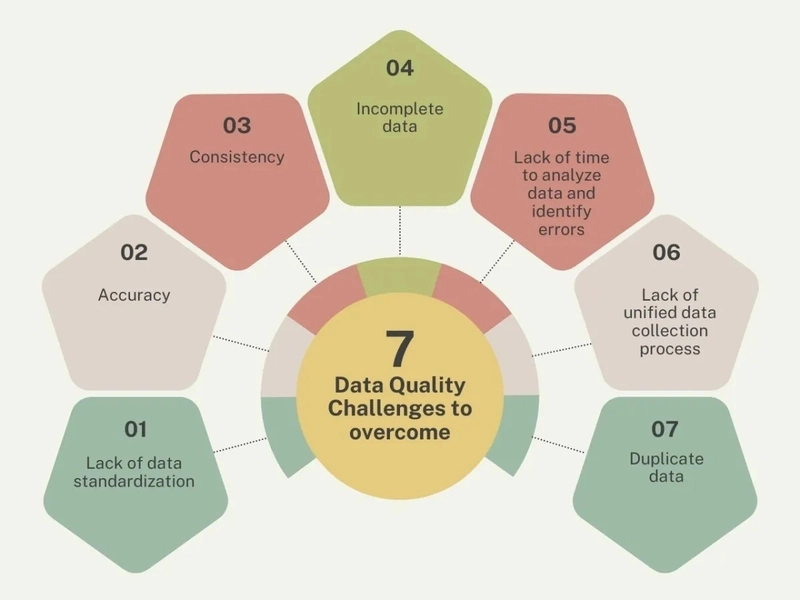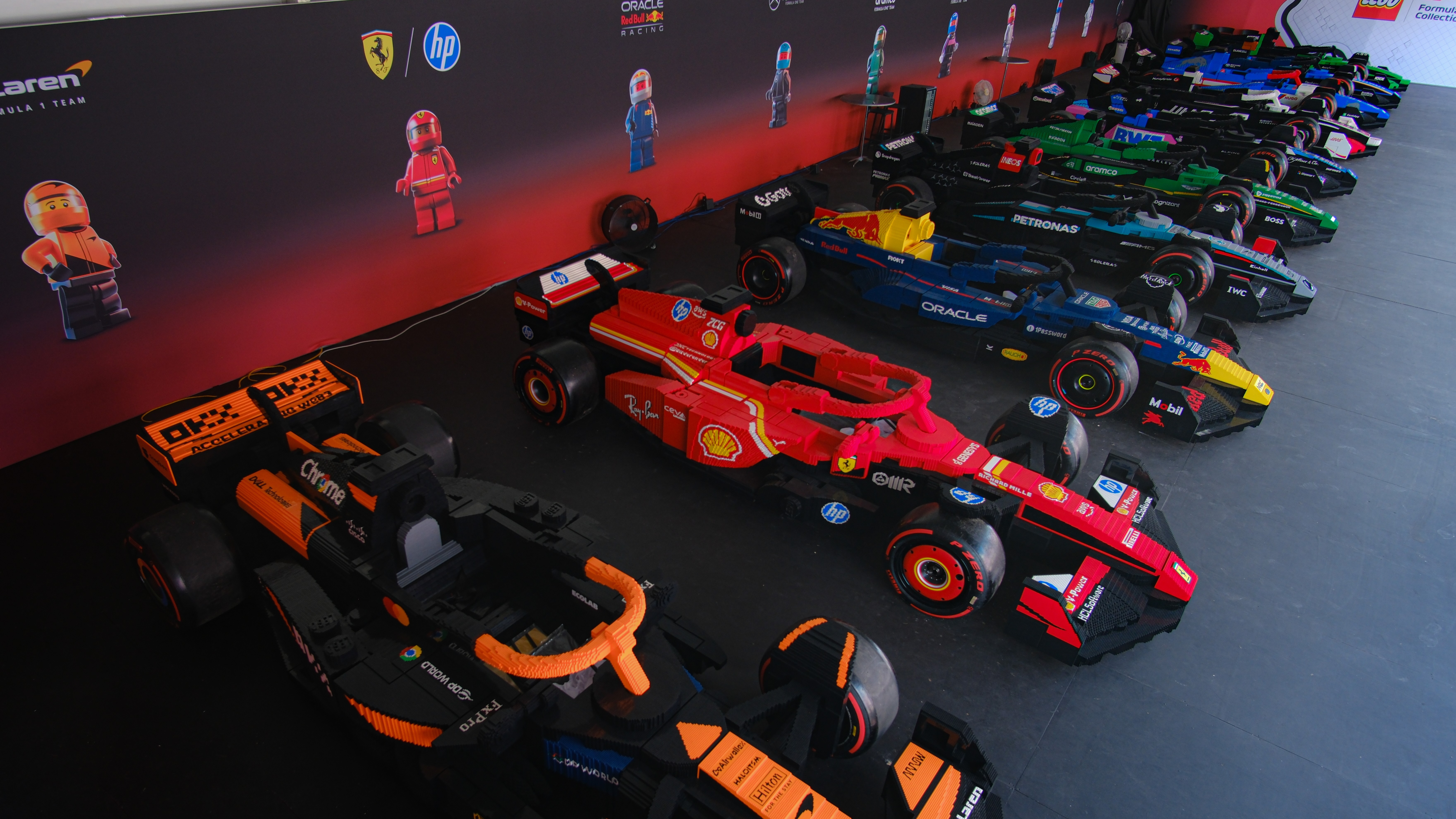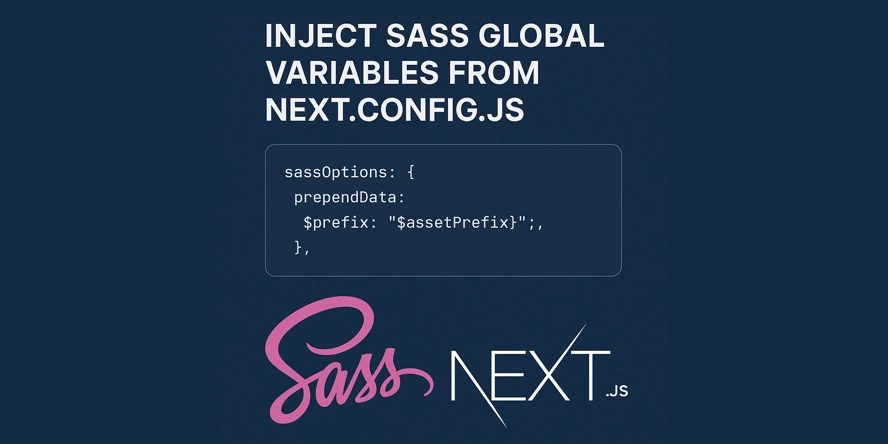Containers vs Virtual Machines: What's the Difference?
What is a Container? A container is a standard unit of software that packages up code and all its dependencies so the application runs quickly and reliably from one computing environment to another. A Docker container image is a lightweight, standalone, executable package of software that includes everything needed to run an application: code, runtime, system tools, system libraries, and settings. Ok, let me make it easy! A container is a bundle of: Application Application libraries required to run your application The minimum system dependencies Containers vs Virtual Machines Containers and virtual machines are both technologies used to isolate applications and their dependencies, but they have some key differences: 1. Resource Utilization Containers share the host operating system kernel, making them lighter and faster than VMs. VMs have a full-fledged OS and hypervisor, making them more resource-intensive. 2. Portability Containers are designed to be portable and can run on any system with a compatible host OS. VMs are less portable as they need a compatible hypervisor. 3. Security VMs provide a higher level of isolation and security as each has its own OS. Containers share the host OS kernel, which provides less isolation. 4. Management Containers are easier to manage as they are designed to be lightweight and fast-moving. Why Are Containers Lightweight? Containers are lightweight because they use containerization technology, allowing them to share the host OS kernel while still providing isolation for the app and its dependencies. This means: Smaller size compared to full VMs Minimal components needed to run the app Faster startup and deployment times Let’s Understand This with an Example: Below is the screenshot of the official Ubuntu base image used for containers. It's just ~22 MB!

What is a Container?
A container is a standard unit of software that packages up code and all its dependencies so the application runs quickly and reliably from one computing environment to another.
A Docker container image is a lightweight, standalone, executable package of software that includes everything needed to run an application: code, runtime, system tools, system libraries, and settings.
Ok, let me make it easy!
A container is a bundle of:
- Application
- Application libraries required to run your application
- The minimum system dependencies
Containers vs Virtual Machines
Containers and virtual machines are both technologies used to isolate applications and their dependencies, but they have some key differences:
1. Resource Utilization
- Containers share the host operating system kernel, making them lighter and faster than VMs.
- VMs have a full-fledged OS and hypervisor, making them more resource-intensive.
2. Portability
- Containers are designed to be portable and can run on any system with a compatible host OS.
- VMs are less portable as they need a compatible hypervisor.
3. Security
- VMs provide a higher level of isolation and security as each has its own OS.
- Containers share the host OS kernel, which provides less isolation.
4. Management
- Containers are easier to manage as they are designed to be lightweight and fast-moving.
Why Are Containers Lightweight?
Containers are lightweight because they use containerization technology, allowing them to share the host OS kernel while still providing isolation for the app and its dependencies.
This means:
- Smaller size compared to full VMs
- Minimal components needed to run the app
- Faster startup and deployment times
Let’s Understand This with an Example:
Below is the screenshot of the official Ubuntu base image used for containers.
It's just ~22 MB!





































































































































































![[The AI Show Episode 145]: OpenAI Releases o3 and o4-mini, AI Is Causing “Quiet Layoffs,” Executive Order on Youth AI Education & GPT-4o’s Controversial Update](https://www.marketingaiinstitute.com/hubfs/ep%20145%20cover.png)




























































































































![[DEALS] Microsoft 365: 1-Year Subscription (Family/Up to 6 Users) (23% off) & Other Deals Up To 98% Off – Offers End Soon!](https://www.javacodegeeks.com/wp-content/uploads/2012/12/jcg-logo.jpg)




![From Art School Drop-out to Microsoft Engineer with Shashi Lo [Podcast #170]](https://cdn.hashnode.com/res/hashnode/image/upload/v1746203291209/439bf16b-c820-4fe8-b69e-94d80533b2df.png?#)




















![Re-designing a Git/development workflow with best practices [closed]](https://i.postimg.cc/tRvBYcrt/branching-example.jpg)




















































































(1).jpg?#)






























_Inge_Johnsson-Alamy.jpg?width=1280&auto=webp&quality=80&disable=upscale#)
































































































![What Google Messages features are rolling out [May 2025]](https://i0.wp.com/9to5google.com/wp-content/uploads/sites/4/2023/12/google-messages-name-cover.png?resize=1200%2C628&quality=82&strip=all&ssl=1)














![New Apple iPad mini 7 On Sale for $399! [Lowest Price Ever]](https://www.iclarified.com/images/news/96096/96096/96096-640.jpg)
![Apple to Split iPhone Launches Across Fall and Spring in Major Shakeup [Report]](https://www.iclarified.com/images/news/97211/97211/97211-640.jpg)
![Apple to Move Camera to Top Left, Hide Face ID Under Display in iPhone 18 Pro Redesign [Report]](https://www.iclarified.com/images/news/97212/97212/97212-640.jpg)
![Apple Developing Battery Case for iPhone 17 Air Amid Battery Life Concerns [Report]](https://www.iclarified.com/images/news/97208/97208/97208-640.jpg)





































































































